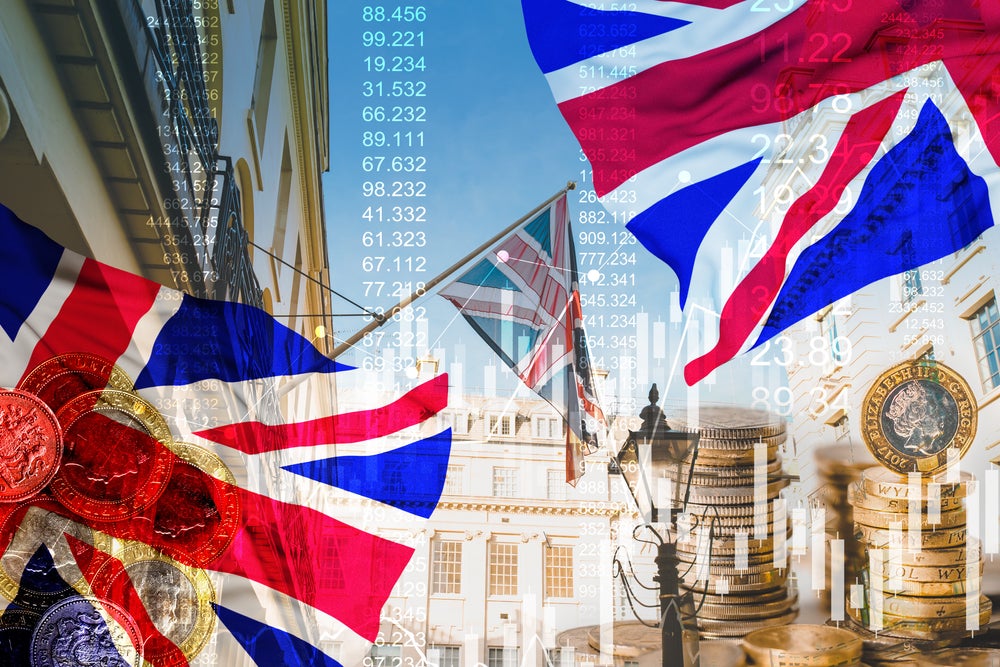
According to the EY ITEM Club, the latest GDP showed that the economy grew in both June and Q2 and by more than expected in both periods, despite obstacles presented by an extra public holiday, industrial action, rising interest rates and still-high inflation. But an expansion of 0.2% quarter-on-quarter in Q2 meant the story of a broad flatlining in activity over the last year didn’t change significantly.
Meanwhile, Q3 is expected to see more momentum. A return to a normal complement of working days will mechanically boost growth, energy bills have fallen and inflation is coming down, easing financial strains on households. But the growing impact of higher interest rates presents a significant counter to these positives and suggests the economy will struggle to break out of a sluggish holding pattern.
Commenting on this, EY ITEM Club chief economic advisor, Martin Beck, says: “The fact that GDP rose in June wasn’t much of a surprise, given the number of working days returned to normal following the extra public holiday in May. However, growth of 0.5% month-on-month was much better than the consensus expectation of 0.2% and more than reversed May’s 0.1% fall in output. An apparent working-day boost was particularly noticeable in industry and construction, which both rebounded from falls in output in May to record growth of 1.8% and 1.6% respectively. Services output also increased, helped by particular strength in the information and communication and retail sectors, but the rise here was a more muted 0.2%, with the impact of strikes in the health sector holding back activity.
“Reassuringly, the economy also grew a bit faster than expected in Q2 as a whole, despite the obstacles presented by the extra public holiday, industrial action in some sectors, rising interest rates and still-high inflation. But growth of 0.2% quarter-on-quarter was modest and left the economy only 0.4% larger than a year earlier and still 0.2% below its pre-pandemic size in Q4 2019. So, the story of broad flatlining in activity since mid-2022 didn’t change a great deal.
“The expenditure breakdown showed consumer spending returning to growth and a strong gain in government consumption. And business investment saw a surprisingly strong rise, despite the end of the super-deduction tax incentive. However, spending on aircraft looks to have flattered the number, with non-transport investment falling. These positives were also partly offset by a drag from net trade.
“The EY ITEM Club thinks the economy will enjoy a bit more momentum in Q3. A return to a normal complement of working days will mechanically boost growth, energy bills fell in July for the first time in almost three years and, relatedly, inflation is coming down, easing financial strains on households and businesses.
How well do you really know your competitors?
Access the most comprehensive Company Profiles on the market, powered by GlobalData. Save hours of research. Gain competitive edge.

Thank you!
Your download email will arrive shortly
Not ready to buy yet? Download a free sample
We are confident about the unique quality of our Company Profiles. However, we want you to make the most beneficial decision for your business, so we offer a free sample that you can download by submitting the below form
By GlobalData“But challenging these positives is the impact of a significant rise in interest rates, which is increasingly feeding through to the economy as fixed-rate mortgages are renegotiated. On balance, the EY ITEM Club thinks the upsides facing the economy, plus offsets to the impact of higher rates on borrowers, including higher interest income for savers, mean the economy should continue to grow. But it will probably be well into 2024 before that growth breaks out of the sluggish holding pattern of the last year or so.”





